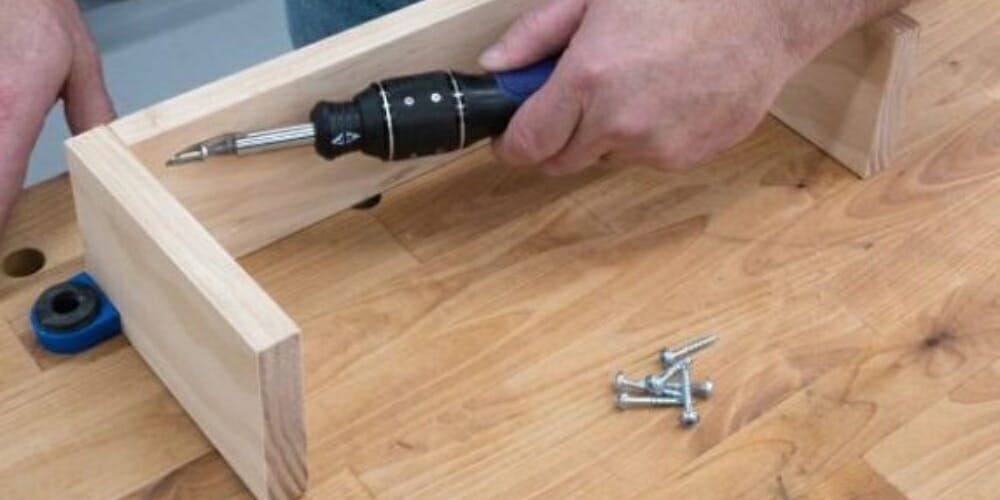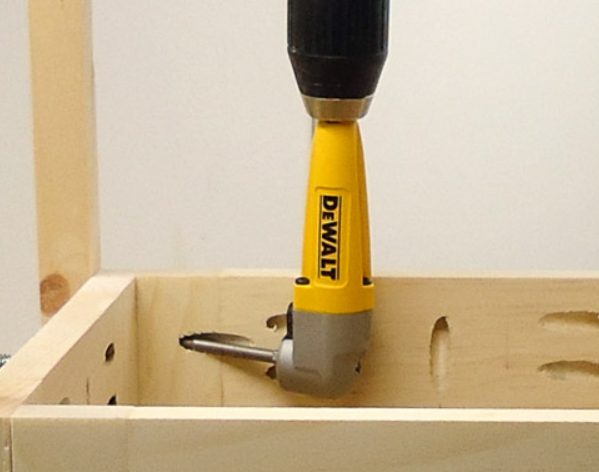How to Drill in Tight Space

When making changes in spaces or installing new fittings, drilling is inevitable. It becomes more challenging when space is limited. Below, ill cover some answers to some of the common questions regarding effectively drilling in tight spaces.
In addition, you will also learn some different tools, tips, and tricks to ensure your work runs smoothly. This will save you time, cost, and effort. Let us begin with some of the tools you need to work in tight spaces.
Tools to Drill in Tight Spaces
Besides having the right technical skills to drill in tiny spaces like floor joists and wall studs, using the right equipment will save you time, effort, and unnecessary costs. Some of the essential tools you require include.
The Right Angle Attachment – In some tight spots, drills may be too big to fit. In this case, right-angle attachments come in handy to ensure you exert enough force, unlike when you use a screwdriver. This drill’s cordless model is more appropriate than corded models because the need for cord spaces is already limited.
Hex-End Mounted Drill Bit – The hex drill offers much-required flex to work in tight, tiny spaces.
Tips and Tricks for Drilling in Tight Places

Drilling in tight spaces can be pretty challenging. However, the tips below can help you easily maneuver tight spaces.
1. If you find that your drill bit won’t go all the way through the wall, try drilling a small two or 3-inch hole with a 1-hole off-center. Then place the plug back into the original hole and glue it. Putting it closer to the edge will give you a stronger hold.
2. Don’t let tight spaces stop you from completing your project. The right-angle drill attachment can quickly get the job done. It works with most tools, which makes it a worthwhile investment for any DIY or professional project. Moreover, this drill is cost-effective, and you can stock up on them whenever you need them.
3. Long extenders also come in handy. They help you save time and reduce the effort required to drill in tight spaces. Such extenders also offer smooth drill finishes, a challenge when drilling in narrow spaces.
4. Using a right-angle driver is one of the best ways to drill in tight spaces. With this, you must ensure you don’t use too much force, avoiding unnecessary injuries.
5. Using cordless right-angle drills is another excellent tip to work around tight places. It helps smoothly access unreachable areas like ceiling cavities.
6. If the narrow space you are working on requires a lot of flex, then the hex-mounted drill bit is your to-go tool. This is because of its sufficient flex and ease of control.
7. In cases where spaces are incredibly tight to drill, you can use a nail. This trick is only recommended for shallow drilling for easier nail removal.
8. Choose smaller or compact drills and flexible attachments. This helps minimize the fatigue that may arise from working in such spaces and simultaneously increase the ease of access.
9. A Torx bit is another accessible tool for drilling inaccessible areas. Some tips and tricks to use it effectively include; using it with an extender and hammering it to reduce the chances of slipping.
10. Sometimes, you must default to the traditional use of hand crews. However rare this may be, it still happens. Therefore, there are high-end tech hand screws you can use in such instances.
Frequently Asked Questions on Drilling in Tight Spaces
Why Does My Drill Blunt Quickly?
Some reasons your drill blunts soon after you start working include not using enough coolant, wrong drilling speed, and incorrect drill application point. A simple solution to all this is to check, review and adjust accordingly.
How Do You Use a Right-Angle Attachment?
Using the right-angle attachment is quite simple. It involves the following steps. Begin by chucking the adapter into the drill. Chuck the appropriate size of the screwdriver you need to use into the adapter. Position the bit where you need to drill the hole, and you are good to go. To remove the adapter, you need to either push or pull the release on the back of the adapter, depending on its model.
Why Does My Drill Bit Keep Slipping?
Slipping off your drill shift is likely to occur if the chuck is not tight enough, and in other cases, the reason could be that it’s worn out. In other instances, you are not using a standard round drill shaft.
What Causes a Larger Drill Hole than Expected?
You could wonder why the drill hole is larger than expected despite using the correct drill bit. A loose or vibrating workpiece is a significant cause of larger-than-expected drill holes. Machine spindles not running true and off-center drilling points are among other causes that may lead to such problems.
Why Are the Chips Not Breaking-Up Properly?
Sometimes the chips may not break-up up properly because of improper feed and blunt drills. You can fix these by increasing pressure and sharpening the drill, respectively.
Wrapping Up
In conclusion, having some of the tools mentioned earlier in this article in your toolbox is necessary for a DIYer. This is to help you quickly access hard-to-reach and tight spaces.
